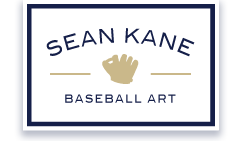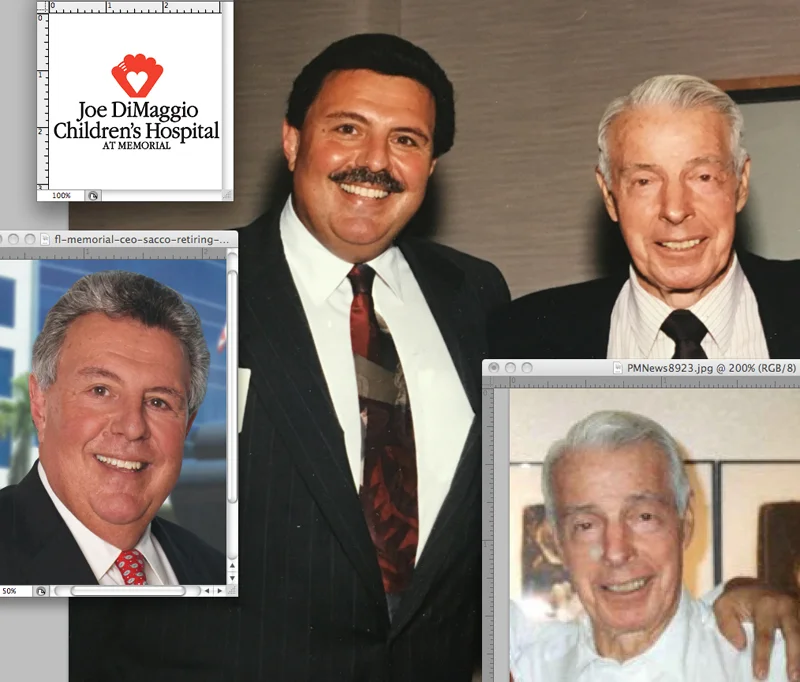Baseball Glove Art Unboxing
Here's a glimpse of what it's typically like to receive a Painted Glove:
This unboxing video should give a pretty good example of what you or a gift recipient should expect upon delivery of a custom glove or glove from my shop.
Each Baseball Glove Artwork arrives in a well-protected shipping box. Inside of that is an archival museum storage box with metal edges.
Inside the gift box is a canvas "equipment bag" with the Sean Kane Baseball Art logo patch on the outside. The glove is on the inside!
Also included is a display stand for the glove. Depending on the glove style, the stand will either be a wooden easel or a wire stand. In this case, the museum wire stand is shown in the video.
A photo is included to show how to place artwork on the display stand.
A personalized note can be included for gift recipients. And an artwork info card or "back label" is included with title, date, contact info and care instructions.
Just let me know if you have any questions about packaging for Painted Gloves or special requests if ordering a special gift. I'm happy to accommodate requests, if possible.














